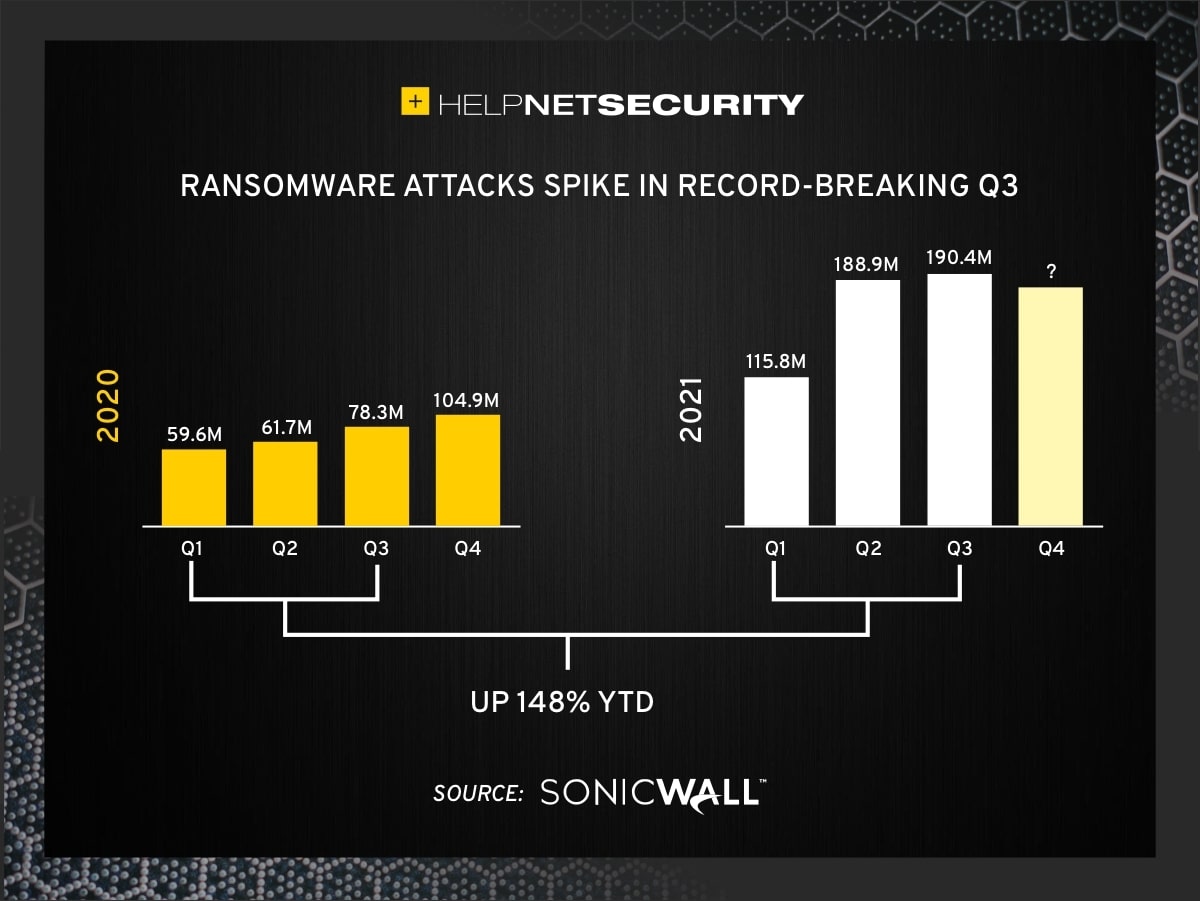Lumma Stealer: Unveiling the Password Stealer's Attack Chain and Comeback

Lumma Stealer: Unveiling the Password Stealer's Attack Chain and Comeback
Lumma Stealer, a sophisticated password-stealing malware, has become a significant threat in recent years. This C++-based information stealer targets sensitive data, including browser credentials, cryptocurrency wallets, and personal files. Despite efforts to disrupt its operations, Lumma Stealer has resurfaced with new tactics, making it crucial to understand its infection chain and how to protect against it.
The Lumma Stealer Infection Chain
Lumma Stealer typically spreads through deceptive means, often masquerading as legitimate software or applications. The infection chain usually involves the following steps:
- Distribution via Fake Cracked Software: Lumma Stealer is frequently bundled with pirated software, cracks, and keygens. Users seeking free versions of paid software unknowingly download the malware.
- Exploiting Fake CAPTCHAs: Attackers use fake CAPTCHAs to trick users into downloading malicious files.
- GitHub Repositories: Malicious actors upload Lumma Stealer to GitHub, disguising it as legitimate tools or libraries.
- Drive-by Downloads: Visiting compromised websites can lead to the automatic download and installation of Lumma Stealer.
Escalation Tactics and Data Exfiltration
Once Lumma Stealer infects a system, it employs various tactics to escalate its privileges and steal sensitive information:
- Credential Harvesting: The malware targets web browsers to steal usernames, passwords, cookies, and autofill data.
- Cryptocurrency Wallet Theft: Lumma Stealer searches for and steals cryptocurrency wallet files, allowing attackers to drain the victim's funds.
- File Exfiltration: The malware can exfiltrate personal files, documents, and other sensitive data from the infected system.
- Bypassing Security Measures: Lumma Stealer uses various techniques to evade detection by antivirus software and other security tools.
Lumma Stealer's Resurgence
Despite a coordinated global law enforcement operation aimed at taking down Lumma Stealer, the malware has quickly reemerged with new stealth tactics. This resurgence highlights the persistence of cybercriminals and the need for ongoing vigilance. Key changes include:
- Stealthier Distribution Channels: Attackers are using more discreet channels to distribute the malware, making it harder to detect.
- Evasion Techniques: Lumma Stealer employs advanced evasion techniques to bypass security measures.
- Infrastructure Changes: The malware is relying less on Cloudflare and using other service providers, including those based in Russia, to obfuscate its domains.
Key Takeaways
Lumma Stealer poses a significant threat to individuals and organizations. To protect against this malware, it is essential to:
- Avoid downloading software from untrusted sources.
- Be wary of fake CAPTCHAs and other deceptive tactics.
- Keep your software and operating system up to date.
- Use a reputable antivirus program and keep it updated.
- Enable multi-factor authentication for all important accounts.
References
- GBHackers Unveiling the Lumma Password Stealer Attack: Infection Chain and Escalation Tactics Exposed
- GBHackers Lumma Stealer Masquerades as Pirated Apps to Steal Logins and Data
- Security Online Lumma Stealer Resurfaces After Takedown: New Stealth Tactics Target Users via Fake Cracks, CAPTCHAs & GitHub
- Dark Reading Lumma Stealer Is Back & Stealthier Than Ever
- SecurityWeek Lumma Stealer Malware Returns After Takedown Attempt
- Teamwin Lumma Stealer Via Fake Cracked Software Steals Login Credentials and
- Fortinet Blog - Lumma Attack Flow





